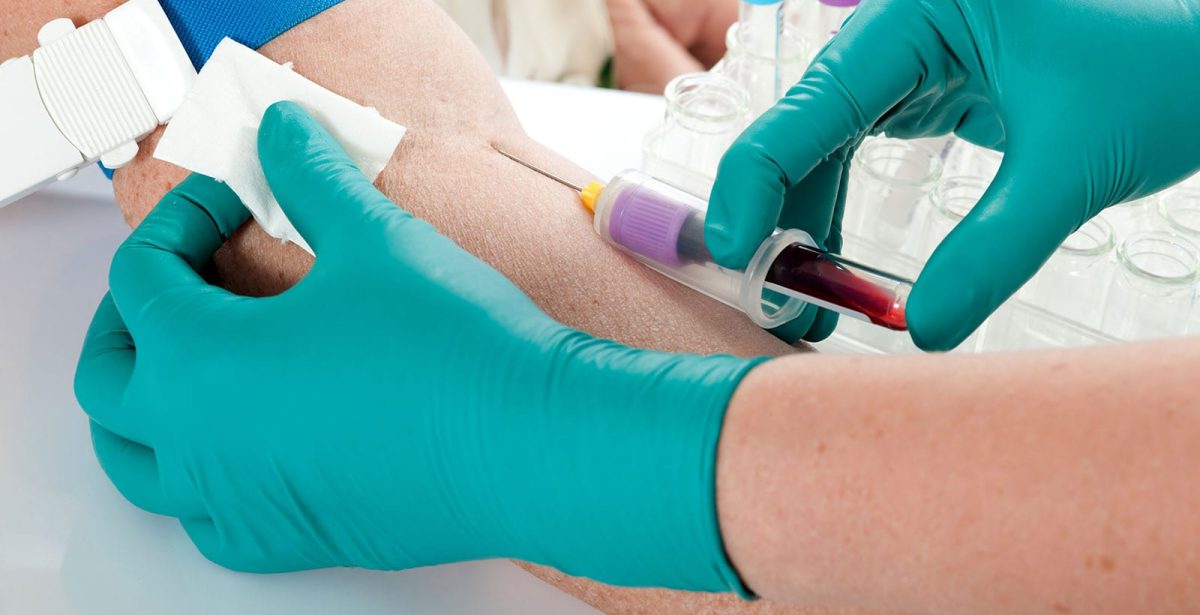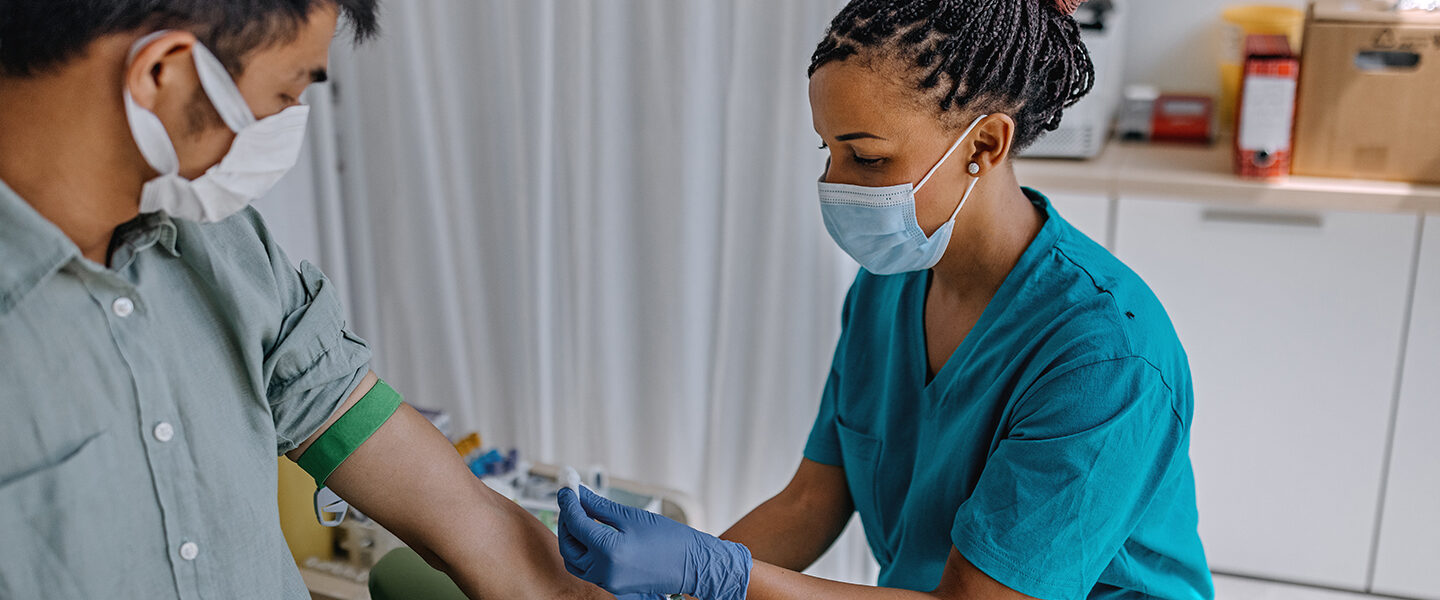What Does Northeast Medical Institute - New Haven Campus Phlebotomy Course & Cna Class Do?
What Does Northeast Medical Institute - New Haven Campus Phlebotomy Course & Cna Class Do?
Blog Article
Fascination About Northeast Medical Institute - New Haven Campus Phlebotomy Course & Cna Class
Table of ContentsThe Facts About Northeast Medical Institute - New Haven Campus Phlebotomy Course & Cna Class RevealedIndicators on Northeast Medical Institute - New Haven Campus Phlebotomy Course & Cna Class You Need To KnowThe Ultimate Guide To Northeast Medical Institute - New Haven Campus Phlebotomy Course & Cna ClassNortheast Medical Institute - New Haven Campus Phlebotomy Course & Cna Class for BeginnersFascination About Northeast Medical Institute - New Haven Campus Phlebotomy Course & Cna ClassNot known Factual Statements About Northeast Medical Institute - New Haven Campus Phlebotomy Course & Cna Class
The use of such devices need to be gone along with by other infection prevention and control techniques, and training in their usage.For settings with reduced resources, price is a motoring aspect in procurement of safety-engineered devices - Phlebotomy Classes. Where safety-engineered tools are not available, skilled use a needle and syringe is appropriate. Unintended exposure and particular info concerning an occurrence should be videotaped in a register. Support solutions ought to be advertised for those that undergo unintentional direct exposure.
Among the essential markers of high quality of care in phlebotomy is the involvement and teamwork of the client; this is equally helpful to both the health and wellness worker and the client. Clear information either written or verbal ought to be offered to each client who goes through phlebotomy. Annex F supplies example message for explaining the blood-sampling procedure to a client. In the blood-sampling area for an outpatient division or clinic, give a comfy reclining couch with an arm rest.
The 7-Minute Rule for Northeast Medical Institute - New Haven Campus Phlebotomy Course & Cna Class
Make sure that the indications for blood sampling are plainly specified, either in a composed protocol or in recorded directions (e.g. in a laboratory kind). Whatsoever times, comply with the approaches for infection avoidance and control listed in Table 2.2. Infection avoidance and control practices. Gather all the devices needed for the treatment and place it within risk-free and easy reach on a tray or trolley, making certain that all the products are clearly visible.
Introduce yourself to the individual, and ask the client to specify their complete name. Check that the laboratory form matches the client's identification (i.e. match the patient's information with the lab form, to make sure accurate recognition).
Make the person comfy in a supine placement (preferably). Place a tidy paper or towel under the client's arm. Talk about the examination to be done (see Annex F) and obtain spoken permission. The person has a right to decline a test at any moment before the blood sampling, so it is necessary to guarantee that the person has recognized the procedure.
The 25-Second Trick For Northeast Medical Institute - New Haven Campus Phlebotomy Course & Cna Class
Expand the client's arm and evaluate the antecubital fossa or lower arm. Find a vein of an excellent dimension that is visible, straight and clear. The layout in Area 2.3, reveals common positions of the vessels, but many variations are possible. The average cubital vein exists between muscle mass and is typically one of the most simple to puncture.
DO NOT insert the needle where capillaries are drawing away, due to the fact that this enhances the possibility of a haematoma. Finding the blood vessel will certainly aid in identifying the appropriate dimension of needle.
Haemolysis, contamination and presence of intravenous fluid and medication can all modify the results (39. Nursing personnel and physicians may access central venous lines for specimens adhering to protocols. Nevertheless, specimens from central lines carry a risk of contamination or erroneous research laboratory test outcomes (https://northeastmed.blog.ss-blog.jp/2024-06-29?1719647626). It serves, but not perfect, to draw blood specimens when initial introducing an in-dwelling venous tool, prior to connecting the cannula to the intravenous liquids.
The Facts About Northeast Medical Institute - New Haven Campus Phlebotomy Course & Cna Class Revealed
Permit the location to completely dry. Failure to enable sufficient call time increases the threat of contamination. DO NOT touch the cleaned site; specifically, DO NOT put a finger over the capillary to lead the shaft of the revealed needle. It the site is touched, repeat the sanitation. Perform venepuncture as complies with.
Ask the individual to develop a hand so the veins are much more famous. Get in the capillary promptly at a 30 degree angle check this site out or much less, and proceed to present the needle along the vein at the most convenient angle of entrance - CNA Training. As soon as enough blood has actually been gathered, launch the tourniquet BEFORE taking out the needle
The Greatest Guide To Northeast Medical Institute - New Haven Campus Phlebotomy Course & Cna Class
Take out the needle carefully and use mild stress to the website with a tidy gauze or dry cotton-wool sphere. Ask the individual to hold the gauze or cotton woollen in position, with the arm prolonged and elevated. Ask the patient NOT to flex the arm, due to the fact that doing so triggers a haematoma.

The Buzz on Northeast Medical Institute - New Haven Campus Phlebotomy Course & Cna Class
Where possible, maintain the tubes in a shelf and move the rack in the direction of you - https://www.imdb.com/user/ur184085558/. If the example tube does not have a rubber stopper, inject extremely gradually right into the tube as reducing the pressure and rate utilized to move the specimen decreases the threat of haemolysis.

Report this page